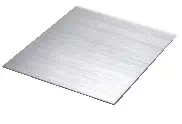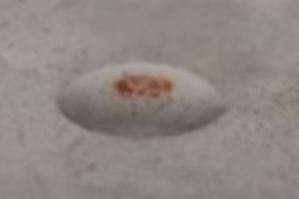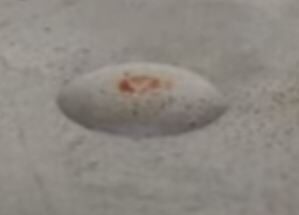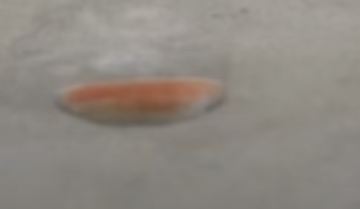
Quick and easy identification of Stainless Steel SS 202, SS 304 and SS 316 using electrolyte detection of Molybdenum
A non-destructive method for quick and reliable identification of SS (Stainless Steel)
Equipment used in the pharmaceutical industry are majorly made up of specific grades of Stainless Steel. The main reason behind the usage of this metal is that it is compatible with most manufacturing processes. The drug product should not have any additional component except defined in the approved formulation.
When we refer to 21 CFR, PART 211, Subpart D – Equipment, Sec. 211.65 Equipment construction, it says that…

In the pharmaceutical industry, the majorly used grade of Stainless Steel is SS316 or SS 316L. It is not reactive, additive, or absorptive; hence, it will not alter the safety-identity-strength-quality-or-purity of the drug product and have more corrosion resistance. Whereas SS 202 and SS 304 have comparative less corrosion resistance
We cannot understand the difference in Stainless Steel grades based on the appearance, whether it is Stainless Steel (SS) 202, SS 304, or SS 316. Using the stainless steel identifying by Molybdenum Spot Test, we can quickly identify the inferior quality of stainless steel.
The Molybdenum Spot Test is a beneficial non-destructive method for quickly identifying Stainless Steel (SS) 202, SS 304, and SS 316.
Molybdenum Spot Test procedure for identification of SS 202, SS 304, and SS 316
The stepwise procedure of the Molybdenum Spot Test is described as follows:
Step 1: Collect prerequisites – i. Molybdenum detection electrolyte kit, ii. 9V battery, and iii. Test metal



Step 2: Ensure that the test metal is clean, dry, and surface free from grease

Step 3: Put one drop of electrolyte solution on the test metal

Step 4: Place 9V current –ve pole of battery on electrolyte solution and touch another part on the stainless steel part

Step 5: Remove the battery after drop develops color
Step 5.1: Drop develops black color and remains as it is for SS 202

Step 5.2: Drop develops red color and disappears immediately for SS 304









Step 5.3: Drop develops red color and remains for a longer time for SS 316

What are the most commonly used stainless steel for pharmaceutical industry and its attributes.
| Commonly known names | UNS | EN | Attributes |
| 304 | S30400 | 1.4301 | Good at general corrosion resistance to acidic as well as caustic material. |
| 304L | 30403 | 1.4307 | Good at general corrosion resistance to acidic as well as caustic material with low carbon and improved performance. |
| 316 | S31600 | 1.4401/ 1.4436 | Improved corrosion resistance to most acidic as well as caustic material with high temperature or chloride present |
| 316L | S31603 | 1.4404/ 1.4432 | Improved corrosion resistance to most acidic as well as caustic material with high temperature or chloride present with low carbon and improved performance. |
What are the composition of SS 304, SS 304L, SS 316, and SS 316L?
SS304 vs SS316 Composition (%)
| C ≤ | Si ≤ | Mn ≤ | P ≤ | S ≤ | Cr | Ni | Mo | Fe | |
| Steel Grade | Carbon | Silicon | Manganese | Phosphorus | Sulfur | Chromium | Nickel | Molybdenum | Iron |
| 304 | 0.08 | 1.00 | 2.00 | 0.045 | 0.030 | 18.0-20.0 | 8.0-11.0 | – | Balance |
| 316 | 0.08 | 1.00 | 2.00 | 0.045 | 0.030 | 16.0-18.0 | 10.0-14.0 | 2.0-3.0 | Balance |
| 304L | 0.03 | 1.00 | 2.00 | 0.035 | 0.030 | 18.0-20.0 | 8.0-12.0 | – | Balance |
| 316L | 0.03 | 1.00 | 2.00 | 0.045 | 0.030 | 16.0-18.0 | 10.0-14.0 | 2.0-3.0 | Balance |

